1 How to Adjust Soil pH for Your Garden
- Author: dummies.com
- Published Date: 02/11/2022
- Review: 4.87 (982 vote)
- Summary: The charts tell you how many pounds of material to add per 1,000 square feet, so you need to measure the size of your vegetable garden first. Then use these
- Matching search results: Most garden soils have a pH between 5.5 and 8.0. This number helps you determine when and how to adjust your garden soil’s pH level. If the pH level is below 6, the soil is too acidic, and you need to add ground limestone. If the measurement is …
- Source: 🔗
2 Understanding soil pH Part I – Vegetables
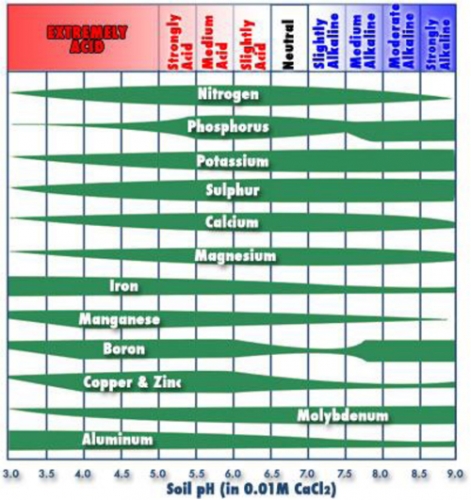
- Author: canr.msu.edu
- Published Date: 09/06/2022
- Review: 4.61 (293 vote)
- Summary: · Soil pH is a standard characteristic measured by a soil test, but what does the number mean and how does pH affect plant growth?
- Matching search results: The main elements affecting soil pH are calcium, magnesium and potassium and on their own these elements keep pH on the alkaline side. Soil pH is related to how well the soil hangs onto these elements. In nature, sand typically has a lower pH than …
- Source: 🔗
3 Soil pH for Growing Vegetables Chart with Details
- Author: farmingmethod.com
- Published Date: 02/02/2022
- Review: 4.52 (496 vote)
- Summary: · Ideal Soil pH Levels for Vegetables ; Mint, 6.0-7.0 ; Mushroom, 6.5 – 7.5 ; Mushroom, 7.0-8.0 ; Mustard, 6.0 – 7.5
- Matching search results: The main elements affecting soil pH are calcium, magnesium and potassium and on their own these elements keep pH on the alkaline side. Soil pH is related to how well the soil hangs onto these elements. In nature, sand typically has a lower pH than …
- Source: 🔗
4 A Complete Guide to Soil pH, and What It Means for Your Gardening
- Author: theseedcollection.com.au
- Published Date: 01/10/2022
- Review: 4.33 (537 vote)
- Summary: · Many gardeners consider soil pH an advanced topic, but you don’t need a … of a dye that’s sensitive to pH, along with a colour chart
- Matching search results: These home testing kits consist of a dye that’s sensitive to pH, along with a colour chart. The kits will provide precise instructions for use, but the basic idea is to dissolve your soil sample in pure water, add the dye, and then compare the …
- Source: 🔗
5 Managing soil ph levels in your organic garden
- Author: myfoodgarden.com.au
- Published Date: 05/24/2022
- Review: 4.03 (234 vote)
- Summary: Managing soil ph levels in your vegetable garden can make a big contribution to its success. There are a number of ways to easily and quickly fine tune your
- Matching search results: When your soil ph is out of the ideal range, the essential minerals and nutrients in the soil are largely unavailable to your plants. This will result in stunted plants, yellowing leaves, poor root and leaf growth, lack of flowering/fruiting and …
- Source: 🔗
6 Soil pH and why it matters

- Author: savvygardening.com
- Published Date: 09/06/2022
- Review: 3.86 (397 vote)
- Summary: See the USDA chart below for a visual explanation. 2. If the vegetable garden pH is too acidic, certain nutrients become less available, phosphorus in
- Matching search results: Because both lime and sulfur will eventually be processed out of the soil, the pH will revert to a less-than-ideal level every few years. To keep the vegetable garden soil pH at the optimum 6.5, a new soil test should be performed in the vegetable …
- Source: 🔗
7 Soil Test Interpretations For Vegetable Crops
- Author: extension.okstate.edu
- Published Date: 07/02/2022
- Review: 3.65 (472 vote)
- Summary: pH 6.0-6.8. Cabbage. pH 5.8-6.8**. Carrot. pH 5.5-6.8. Watermelon ; pH 6.0-6.8. Cantaloupe. pH 5.8-6.8**. Collard. pH 5.5-6.8
- Matching search results: ** Asparagus is a perennial crop and fertility rates will vary according to establishment year vs. years following establishment. Establishment year apply 50 lbs N preplant and 30 lbs N as a sidedress 2 months after establishment. Years following …
- Source: 🔗
8 How to test your garden soil’s pH, and fix it for great veggies
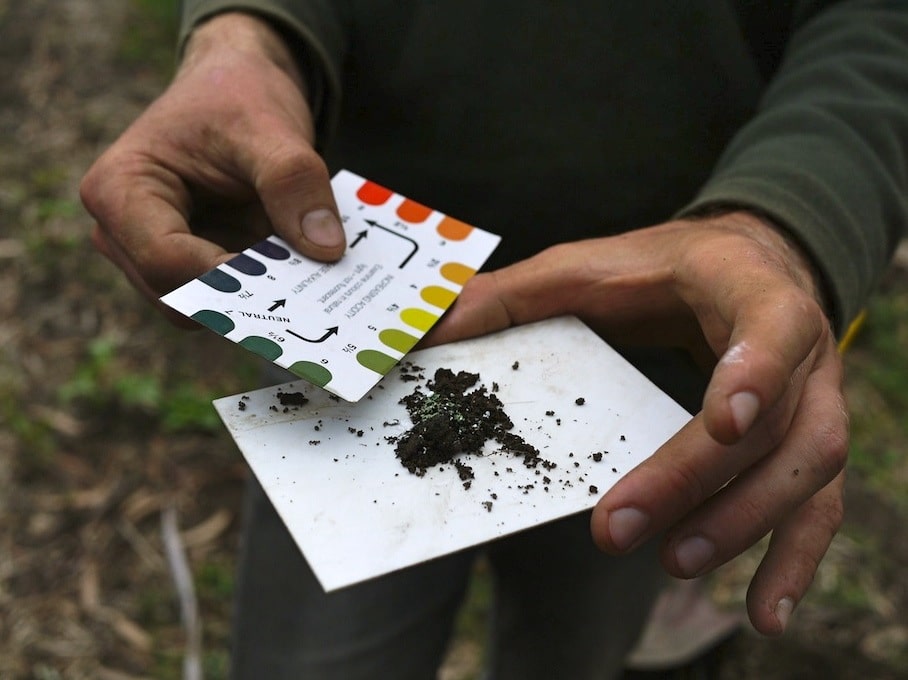
- Author: milkwood.net
- Published Date: 06/13/2022
- Review: 3.58 (340 vote)
- Summary: · Most nutrients that plants need can be chemically assimilated when the pH of the soil solution ranges from 6.0 to 7.5. Below pH 6.0, some
- Matching search results: Add agricultural lime (not builders lime!). As a rule of thumb, carefully apply 100g to each meter squared. NOTE lime can only be accurately applied if a total mineral test is performed. It will take a while to increase the pH this way – you should …
- Source: 🔗
9 Vegetable Crop Soil pH Tolerances
- Author: harvesttotable.com
- Published Date: 11/12/2021
- Review: 3.34 (497 vote)
- Summary: Soil acidity and alkalinity is measured on a scale of 0 to 14, called the pH scale. Most plants grow between the pH range of 4.5 to 8.0; a soil pH of 5.0 has a
- Matching search results: Soil pH is important because a soil’s acidity or alkalinity determines what plant nutrients are available to plant roots. Nutrients in the soil—elements such as nitrogen, phosphorus, and potassium—become available to plants when they dissolve in …
- Source: 🔗
10 Soil pH for Organic Gardeners
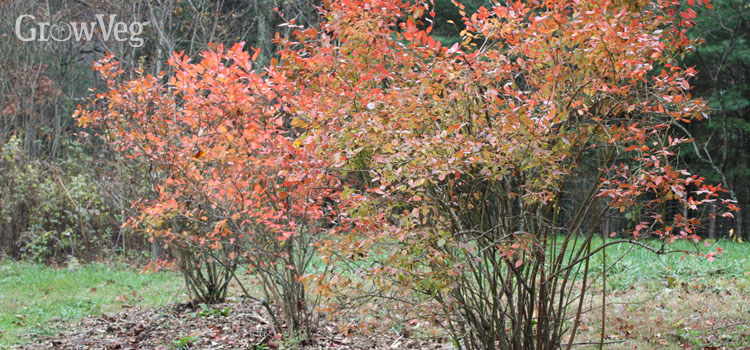
- Author: growveg.com
- Published Date: 11/27/2021
- Review: 3.1 (483 vote)
- Summary: · The acceptable pH range for a productive food garden is about 5.5 to 7.5, with a pH of 6.0 to 6.5 preferred by most food crops. There are
- Matching search results: The pH of native soil varies with climate. Most soils in the USA range between 4.0 (very acid) and 8.5 (very alkaline). The acceptable pH range for a productive food garden is about 5.5 to 7.5, with a pH of 6.0 to 6.5 preferred by most food crops. …
- Source: 🔗
11 Soil pH – Nutrient Management – Mosaic Crop Nutrition
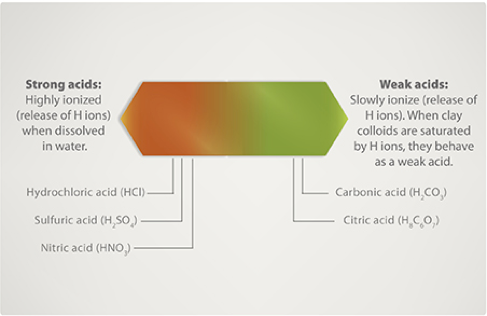
- Author: cropnutrition.com
- Published Date: 01/20/2022
- Review: 2.98 (136 vote)
- Summary: Soil pH is a measure of the acidity and alkalinity in soils. pH levels range from 0 to 14. The optimal pH range for most plants is between 5.5 and 7.0
- Matching search results: Nitrogen levels affect soil pH. Nitrogen sources — fertilizers, manures, legumes — contain or form ammonium. This increases soil acidity unless the plant directly absorbs the ammonium ions. The greater the nitrogen fertilization rate, the greater …
- Source: 🔗
12 Changing the pH of Your Soil
- Author: hgic.clemson.edu
- Published Date: 06/14/2022
- Review: 2.7 (147 vote)
- Summary: · The soil pH value directly affects nutrient availability. Plants thrive best in different soil pH ranges. Azaleas, rhododendrons, blueberries
- Matching search results: Many ornamental plants and some fruit plants such as blueberries require slightly to strongly acid soil. These species develop iron chlorosis when grown in soils in the alkaline range. Iron chlorosis is often confused with nitrogen deficiency …
- Source: 🔗
13 Why Is The pH Level For Vegetables Important?
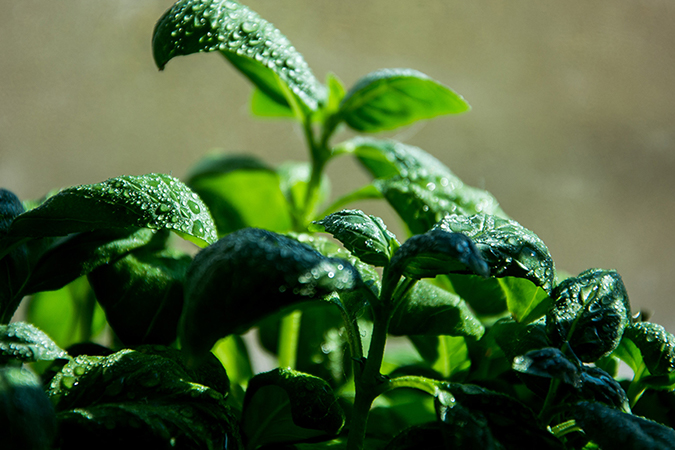
- Author: bacfertilizers.com
- Published Date: 05/20/2022
- Review: 2.75 (76 vote)
- Summary: Getting the soil pH level for vegetables right is a crucial but often … change colour corresponding to an accompanying chart that indicates the pH level
- Matching search results: For very acidic soils, you should consider using organic products specially-formulated to raise pH, such as BAC’s pH+ which contains a strong concentration of caustic potash. If, however, the soil is only slightly acidic you could use calcium-based …
- Source: 🔗